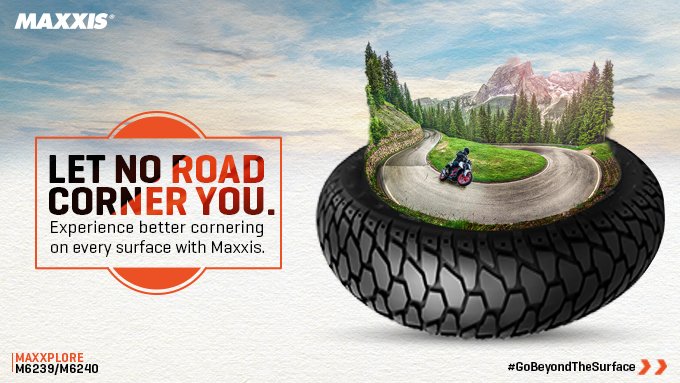Are you planning a long trip to your favourite weekend destination? You might want to go through some tyre management tips as mentioned by Maxxis Tyres. Now that slowly everything is coming back on track with the gradual unlocking process, citizens are planning outdoor trips more than ever. The fact that all of us were stuck in our homes for the past year or so is quite overwhelming.
And hence, long drives can be a perfect escape from this monotonous and hectic schedule of everyday life. One of the critical aspects while taking your vehicle out for a long trip is the condition of its tyres. And hence we will discuss key crucial points on how you can take the utmost care.
Tyre Maintenance Tips Before Planning A Long Trip
Proper Tyre Pressure:
- Tyre pressure may sound like a very trivial tyre care tip, but most people are not aware of the correct tyre pressure of their vehicle. Most OEM car manufacturers have mentioned the tyre pressure values after different load conditions, which can be found in the owner’s manual. Incorrect tyre pressure can cause the vehicle to lose traction, rapid wear and hence shorter tyre life. It is also equally important to use Valve caps, protecting the tyre from dirt and preventing air leakage.
Tread Depth:
- More often than not, we have witnessed vehicles without any tread depth left on them. And, this is highly not recommended. With the onset of monsoon, it is necessary to maintain an adequate grip on the tyre, which is provided by the tyre tread. You can use ‘TWI: Tread Wear Indicator’, which is found between the grooves, to check the tread depth And if the tread depth is nearly equal to the TWI-raised bar height, it is recommended to replace the tyre as soon as possible.
Keep An Eye On Tyre’s Age:
- All tyres have their manufacturing month and year engraved on the sidewall. Look for a four-digit number on the sidewall, in which the first two digits tell us the manufacturing month, where the last two digits tell us the manufacturing year. And it is highly recommended to replace the tyres if they are older than ten years, irrespective of the tyre tread depth.
Look For Small Air-Leakages:
- Upon regularly checking your tyre pressure, you notice that the tyre pressure keeps decreasing every second day or week. Then the chances are high that the tyres have some minute cuts, damaged valves or faulty puncture repairs.
Visually Inspection:
- Careful visual scrutiny can also help in identifying irregular bulges, cracks or cuts. And if there’s any, fixing them before taking out the vehicle is highly recommendable as well.
Tyre Emergency Kit:
-
- Carrying a portable tyre inflator and plug-in-puncture kit can help you in a lot many ways. Fixing a tyre puncture in tubeless tyres is not much of a headache, and the above two tools make it quite a simple process.
Also Read:



